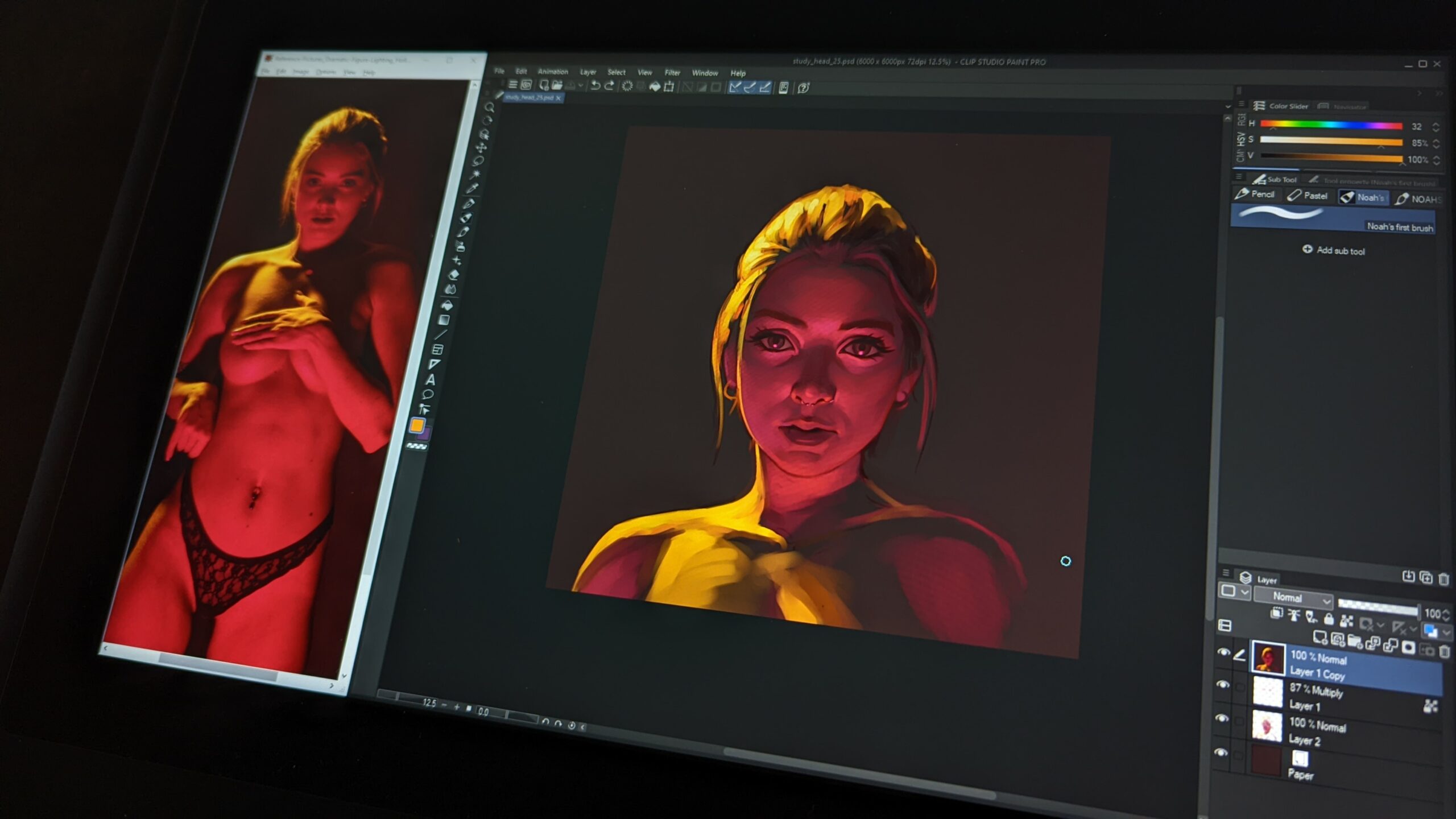Learn how to use reference to make better art, learn faster, and avoid common pitfalls that waste your time and energy!
1. Direct Studying of Reference
One of the best ways to use reference for your art is to do studies of the images. Good reference pictures make for excellent subjects to learn drawing, gesture, perspective, form, color, light, and more! When you’re stuck at home or uninspired by your surroundings (or lack of willing models), a good set of reference photos will be there waiting for you, providing nearly endless study material.
When I’m studying, I like to set up the image side-by-side with my own work so I can easily compare the two without looking too far or turning my head. Sometimes it’s nice to kick back with a sketchbook though, in which case just put the reference image up on your monitor or tv and get sketching!
Pro tip: this is a lot of fun to do with friends. There’s nothing quite like complaining about how hard the foreshortening is with a whole group who are going through the same challenge. Adult beverages can make this whole experience even more enjoyable (but no guarantees on the quality of the resulting drawings).
2. Targeting Fundamentals
Do you struggle with colors? Or maybe forms? Or edges? Proportions? Anatomy?
Sometimes the best way to work on your weak areas in art is to focus on just them. It’s very common that when we practice painting we try to practice everything about painting. This isn’t necessarily a bad thing, but if it’s color in particular that you’re struggling with, then you’re not going to be spending most of your time working on color. You’re going to have to balance that out with learning drawing, or edges or any number of other things.
So sometimes you can use a reference image to work on one particular thing. Say that’s color. You could start by tracing the image you want to study. I know, tracing is blasphemy! But by tracing the image, you skip the often long and difficult stage of drawing so that you can get to the color work, which is what you were after. By specializing in your studies, you get a lot more reps in the subject that you most want to study.
Obviously you shouldn’t always trace and skip the drawing stage. At some point you’re gonna have to learn to draw! Don’t take this as permission/suggestion to neglect areas of study. Rather, be intentional about what you’re sitting down to learn each time you do a study.
Do you have good reference but aren’t sure how to study? Check out this video on how (not) to study to make sure you don’t fall into these traps!
3. Combining References
It’s pretty rare that you find a perfect reference image that is exactly what you need for your sketch. Even if you shoot your own reference specifically for a piece, you’ll probably find a couple details that you want to draw a little bit differently. In those cases, you’ll need to learn how to combine reference.
You can combine reference by compiling a bunch of different images and, as you work, combining them in your piece. That might mean taking an arm from one reference picture, a torso from another photo, the head angle from another, and the facial features from still another. Getting all of this to work just right can be a trial of your anatomy skills. Be sure to get a friend to look over your work to make sure all of the pieces look cohesive and you haven’t created an accidental Frankenstein’s monster!
Juggling all of these different parts can be pretty hard, so something I like to do is actually take all of the parts into Photoshop and combine them in one image. Think of it like a really bad photo collage. It might be a lousy image but it can make for great reference.
4. How to Use Reference for Poses
One of the reasons you’ll find so many reference pictures of people in their underwear is that it’s so darn versatile. You can use those images for any sort of character!
You’re not going to find a lot of reference pictures of aliens. Or your specific character, wearing a certain outfit, in the exact pose you need. It just won’t usually exist. But you can use good figure reference to help you get the pose you need so that you can invent the other stuff (hopefully with the help of more reference).
Try it out! Think of all the different characters you could draw using some of these figure reference photos. Let your mind wander. Think of all the possibilities!
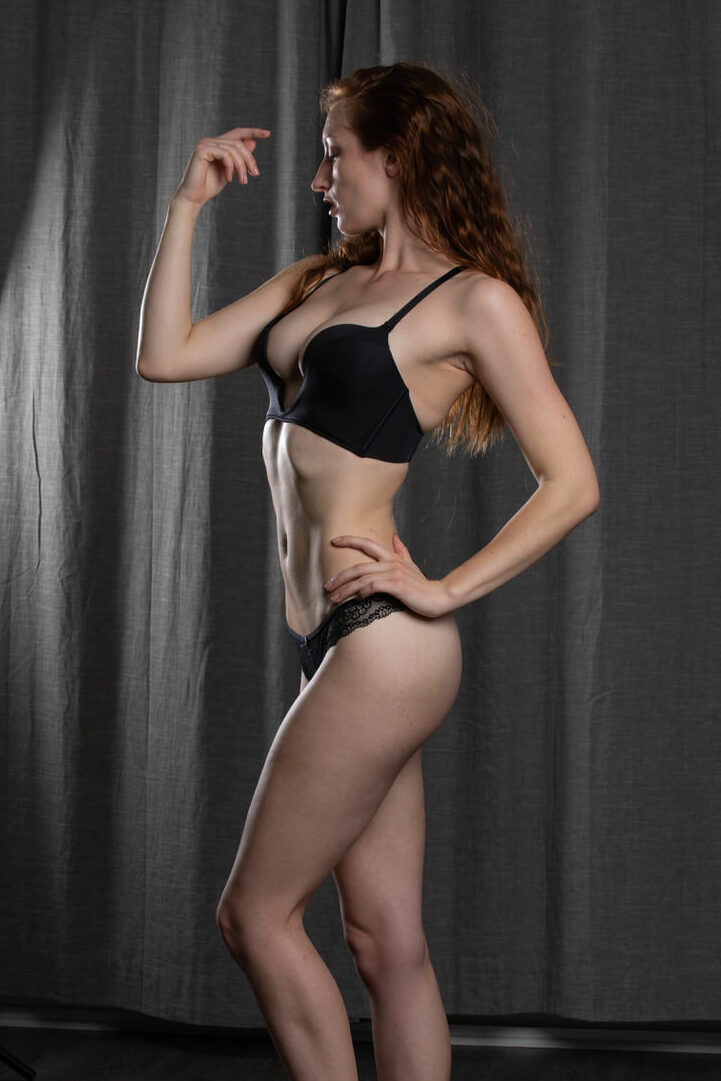
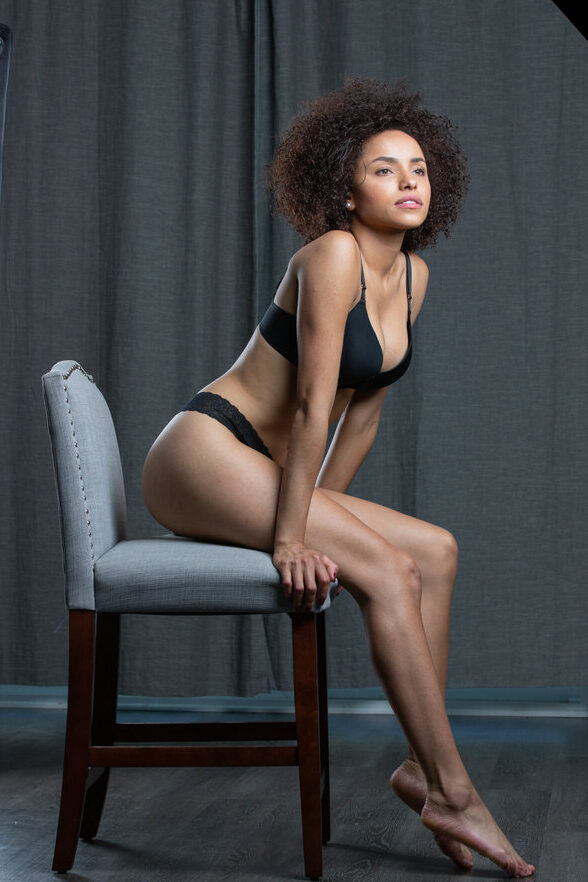

5. How to Use Reference for Costume Ideas, Details, and Inspiration
Humans are pretty good at finding new and amazing ways to decorate ourselves. There is such a deep well of inspiration to be found in clothing and textile design. So get digging for photos of clothing design that inspires you and fits the work you want to create.
The photos you find aren’t usually in the right position, the right lighting, or the right camera angle. But that’s where you come in! Use these references to begin imagining them on your figure (perhaps using another photo as pose reference). You can often find a lot of examples of similar clothing in various configurations that can help to figure out the way drapery falls and fold. You can also study various fabrics in isolation to get a better sense for how different materials behave.
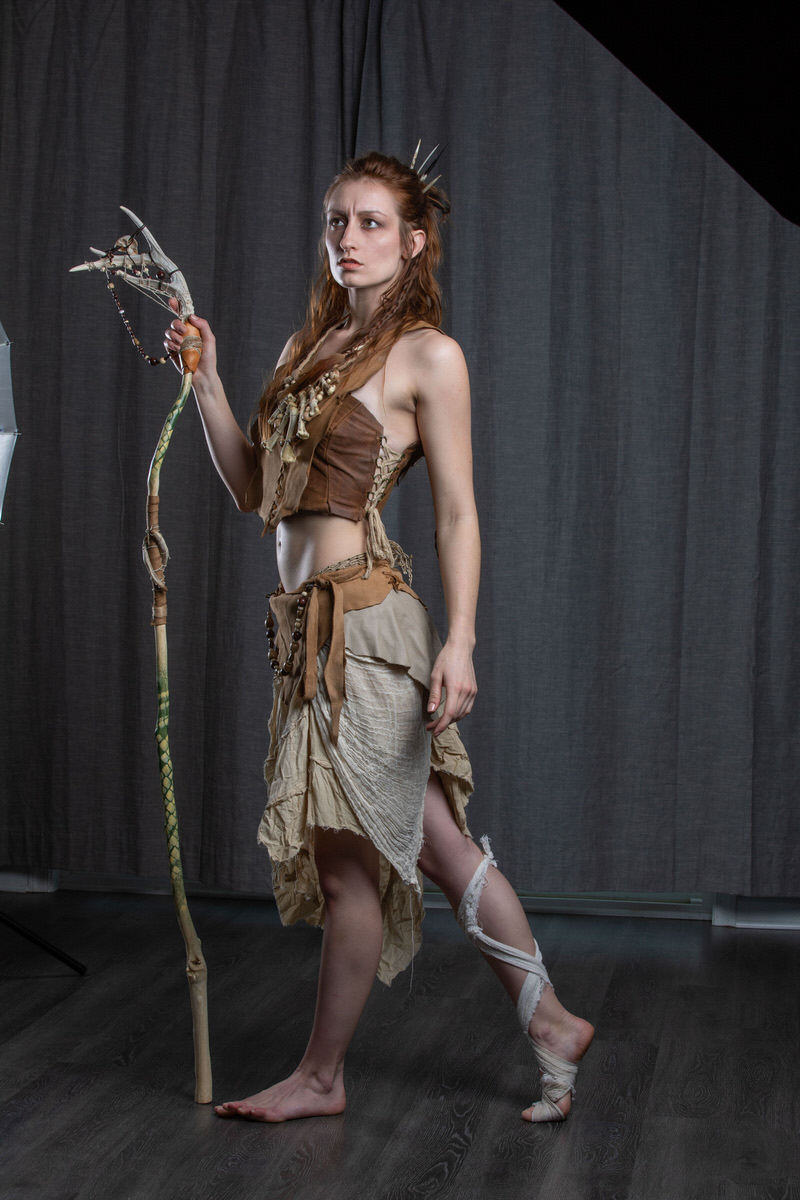
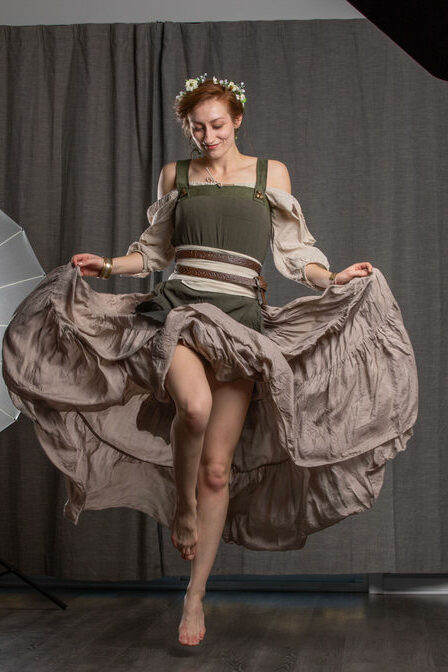
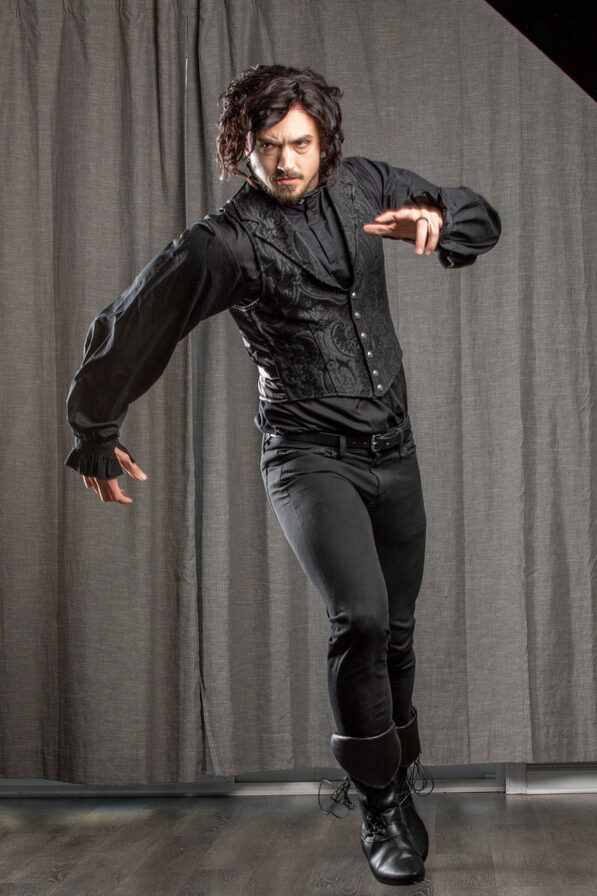
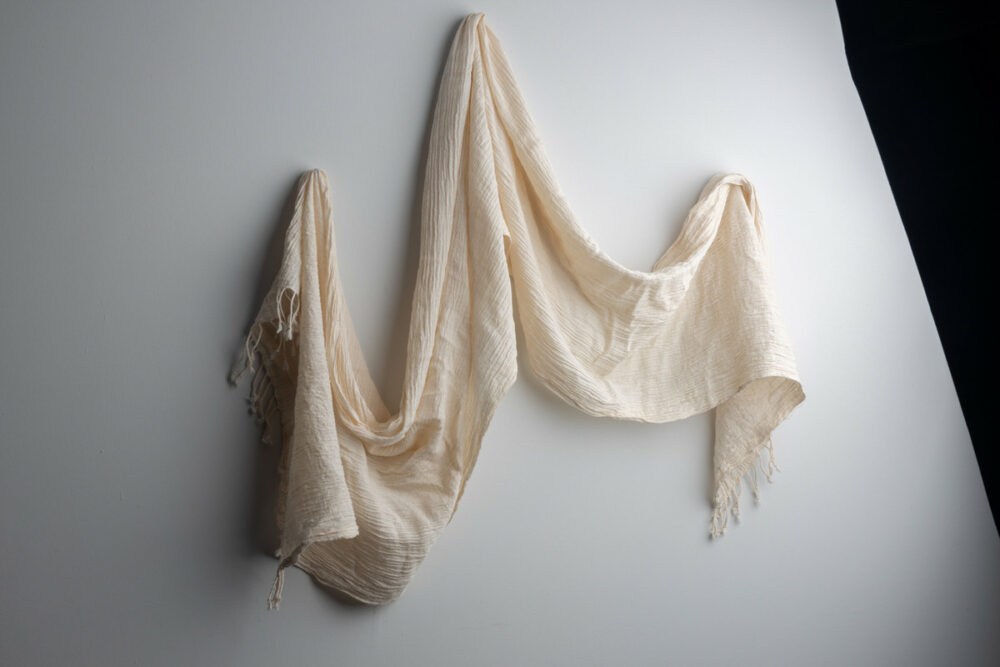
6. Using Reference for Color & Lighting
Have you ever seen a photo of a landscape that made you just stare in wonder? What about a portrait that was so beautiful and mysterious that it really captured your attention?
In a lot of these cases, you’re witnessing the power of color and light. And sometimes these reference photos might have nothing to do with what you’d actually want to paint. A garbage heap can have some incredible golden hour lighting, but you might not be in the mood to paint a literal garbage heap. Instead, you can use that color or light reference to paint something entirely different.
By looking analytically at how light behaves on the forms in your reference, you can start to apply those same principles to anything you want to paint. A tin can at sunset can make for reference of an epic starship landing over a sunset-lit city. Don’t be limited by thinking of reference literally. Think of all the possibilities that you can find in the image.
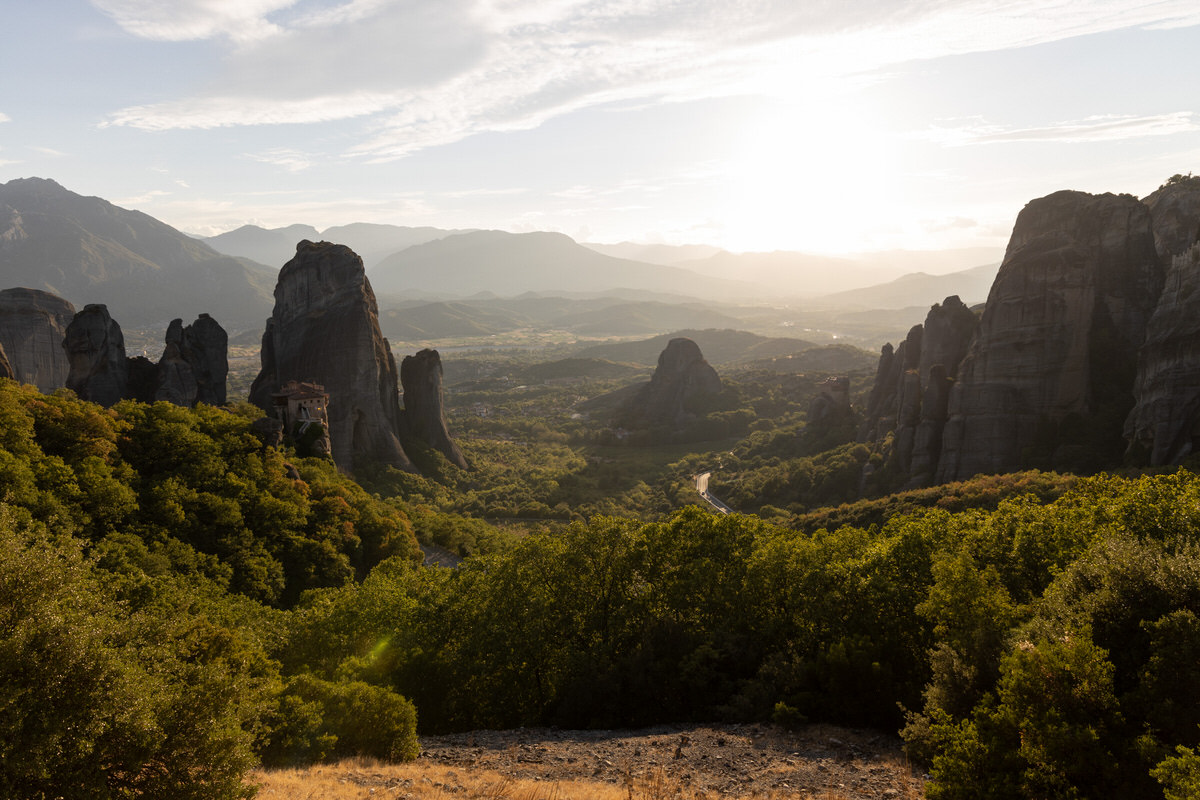


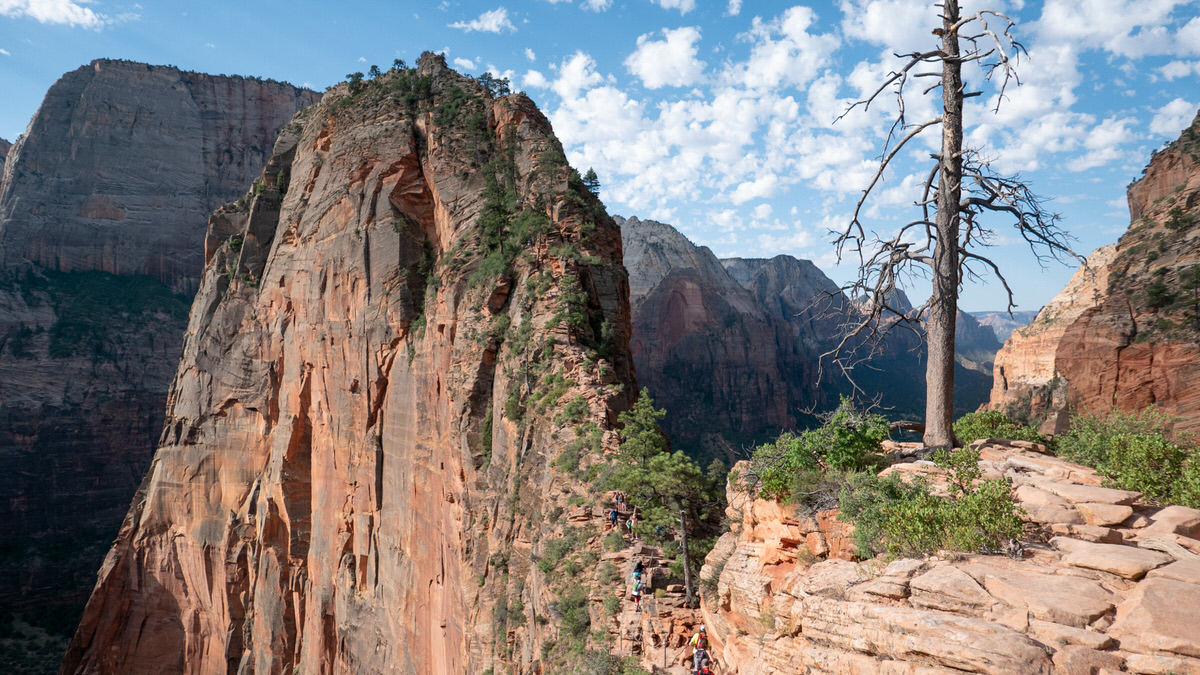
7. Using Reference to Understand Anatomy, Form, and Proportions
Anatomy is hard. Really hard.
And that’s why we have reference! As you’re working, you might forget exactly what the muscles and bones are doing on a bent elbow. Pull up some reference of a similar pose and check it out! It’s almost like taking an exam while having the solutions right next to you. You don’t have to fumble your way through the piece or guess at what looks right. There are no prizes for not using reference.
The great thing is, anatomy is usually pretty similar between people! Obviously there are differences—it’s one of the most beautiful and amazing thing about humans. We’re all so different! But the things we have in common are the easiest to reference. These might not look like any of the characters you want to draw, but the anatomy here is still going to give you some much needed help in drawing whoever you want. Humans, elves, and aliens alike!
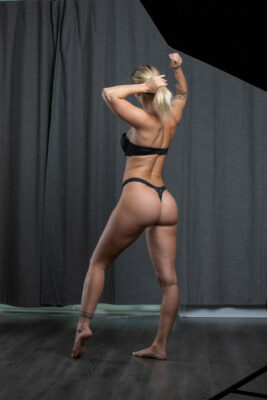
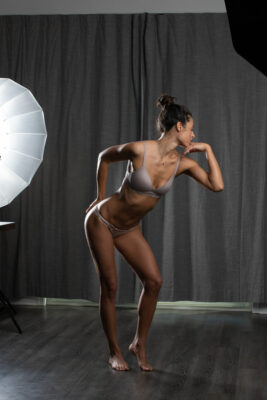
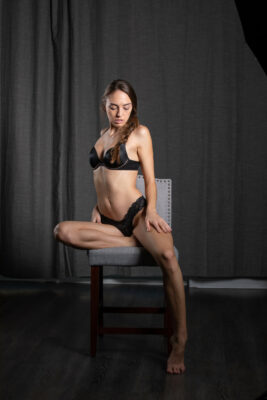
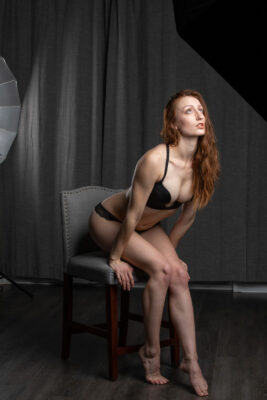
8. Stylizing and Exaggerating Reference
Yes, reference is important for cartoonists, animators, and graphic novelists. Also for stylized illustrators and concept artists. Just because you’re pushing a character’s proportions far away from reality or because you’re painting them in a flat, angular, graphic manner, doesn’t mean that reference can’t help you. It’s still immensely helpful!
By grounding your work with realistic reference, you can push whatever elements of your characters or environments that you want while still retaining some vital believability.
Exaggerating reference can also be an awesome way to supplement your studies. Try making the forms really angular and still make it look human. Or try adjusting the proportions yet still make them kinda believable. Try to draw them in the style of an artist you really admire. This can be a great way to glimpse all of the different possibilities in art and an exploration into finding your style.
9. Changing the Camera Angle
Ever find an amazing reference picture but wish the picture was taken from a slightly (or totally) different angle? Well the great thing about being an artist is you can change that!
It’s a very difficult but incredibly useful exercise to draw a figure as if you were looking at it from a different point of view. Imagine the figure was right in front of you–what would it look like if you walked around them and drew them from the other side of the room. Or got on a ladder and looked down at them. Or sat on the floor and looked up at them. When you grasp this technique, suddenly every single reference image you find can be viewed as dozens of different potential poses.
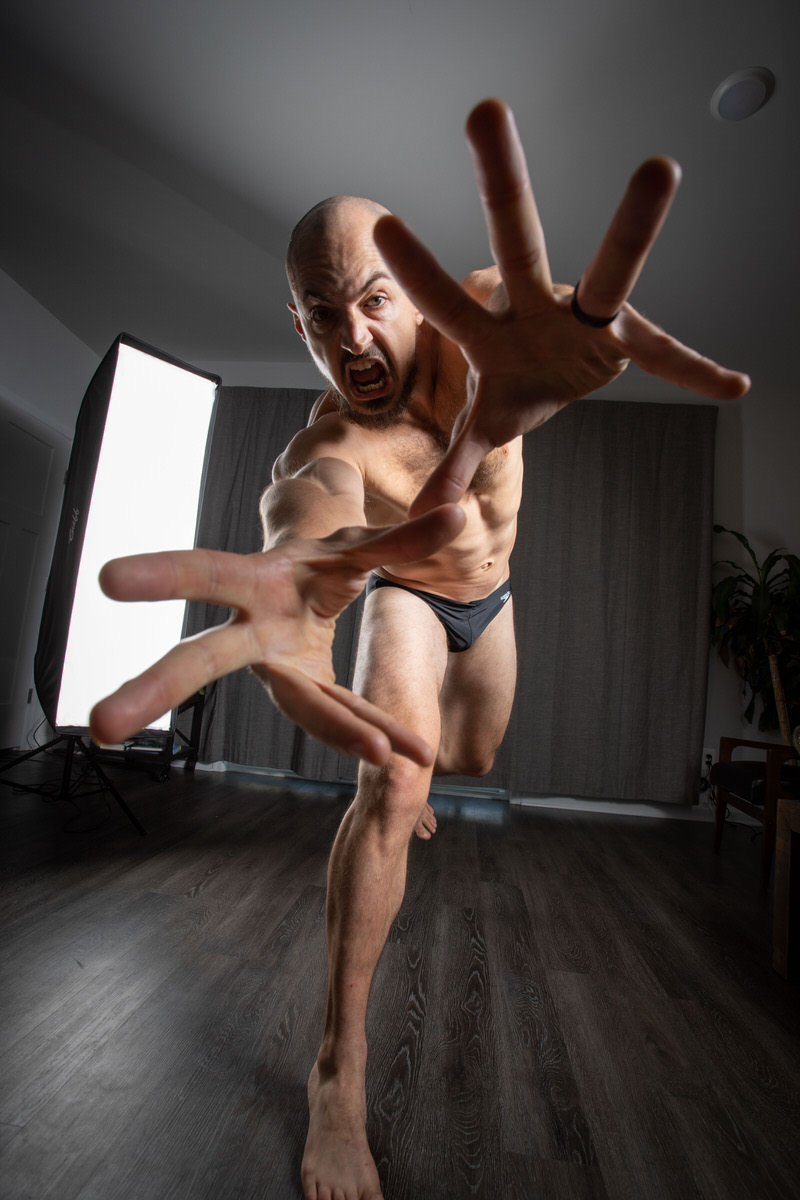
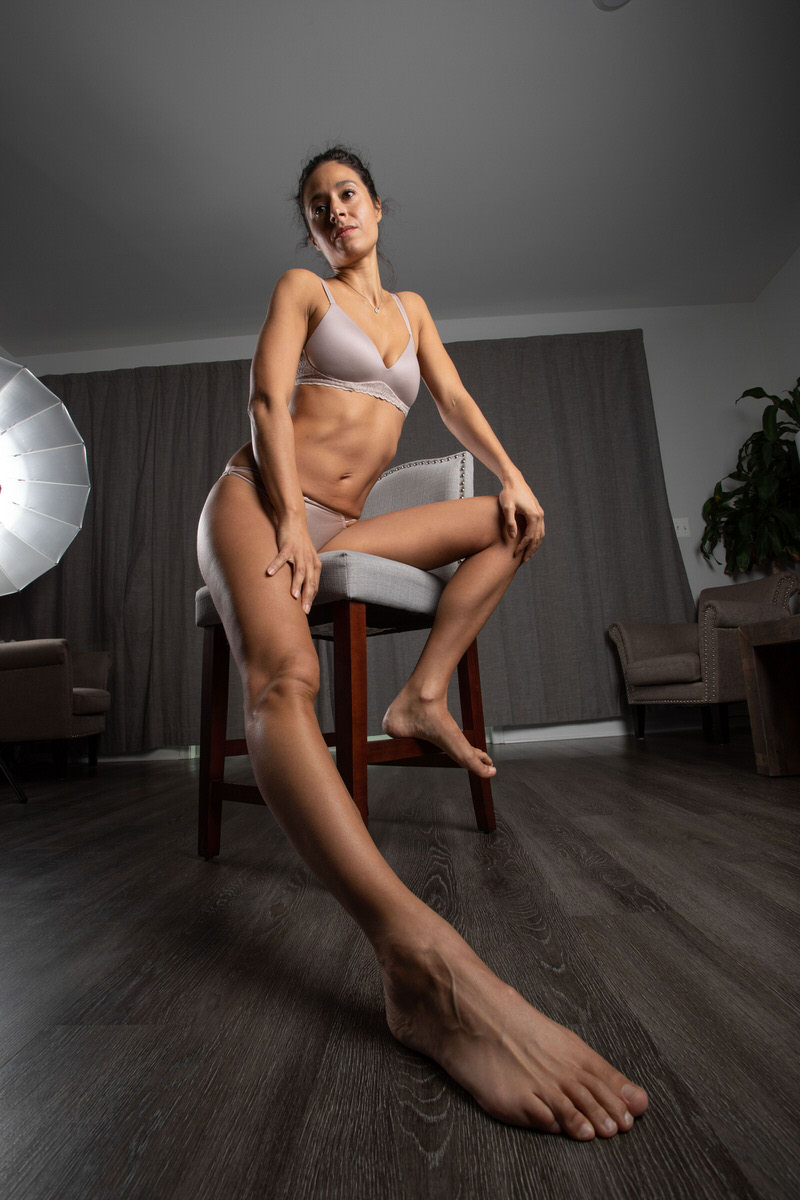
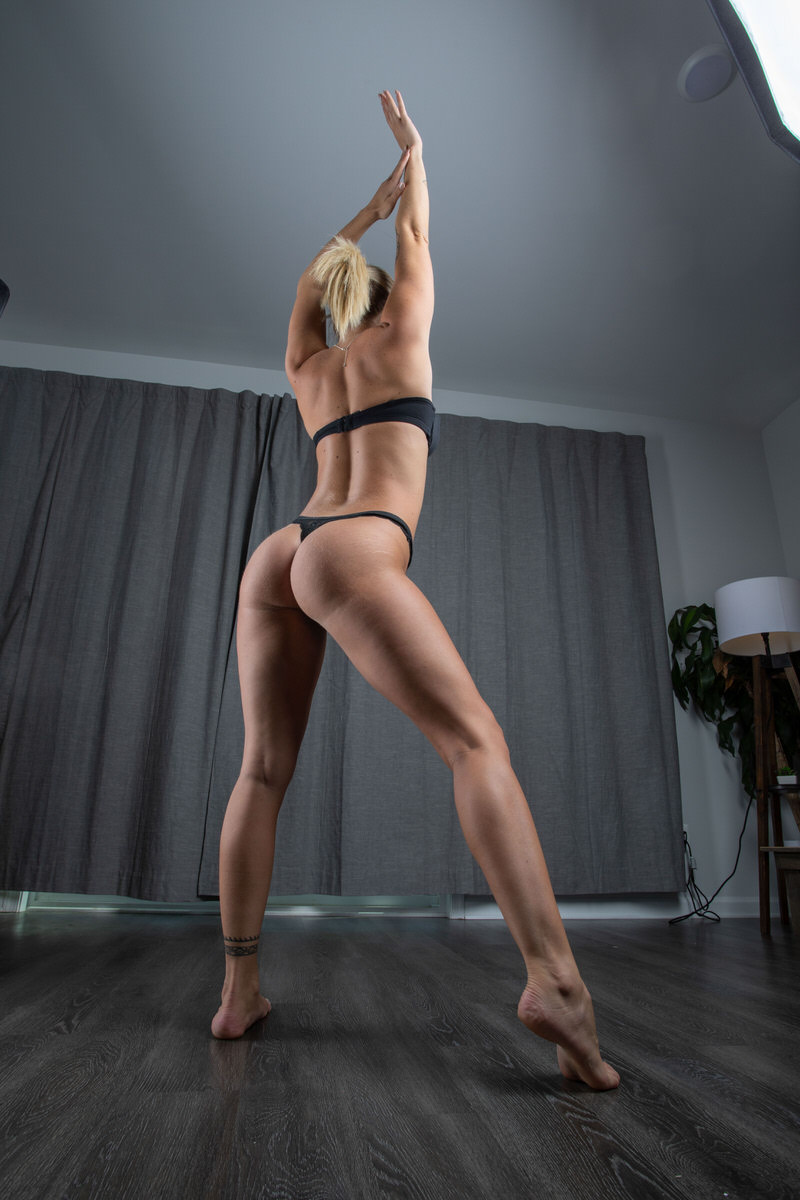
10. Using Reference for an Inspiration Board
If you’re anything like me, you’ve got 1000’s of saved images of inspiration and reference. Maybe we just like hording, but I love having access to such a vast array of incredible images. If I need inspiration or motivation, I’ll just look through those images. I’m bound to find some things that make me want to work!
Along those lines, when you’re working on your next drawing or painting, try creating an inspiration board for it. In there, include images that you can use as reference for any figure, environments, or objects you’d like to paint. Include lighting or color references. Maybe some reference for materials or textures. If you’d like to work on the style, include some style inspirations. Or if you just like how a certain artist paints something, include that too! Sometimes having your artistic role models there beside you while you work can help keep you on track.
I’m not affiliated with them but a great program for organizing your reference is PureRef. It’s the easiest way I know of to display a lot of images in one easy grouping.
